Innovating Electric Outboard Motors with SR&ED: Overcoming Technological Uncertainty
The demand for electric outboard motors is rising as the marine industry shifts toward sustainable and energy-efficient solutions. However, designing and manufacturing these motors involves significant technological uncertainties, making them prime candidates for Scientific Research and Experimental Development (SR&ED) tax credits in Canada.
By tackling challenges in battery efficiency, thermal management, motor design, and durability, businesses can qualify for government funding to offset R&D costs. Let’s explore key areas of technological uncertainty in electric outboard motor development and how they align with SR&ED.
Key Technological Challenges in Manufacturing Electric Outboard Motors
1. Battery Efficiency and Longevity
- Problem: Finding the right balance between battery energy density, weight, and lifespan is a persistent challenge.
- Uncertainty: Can a new battery chemistry or an optimized battery management system (BMS) improve performance while extending lifespan?
- SR&ED Activities:
- Experimenting with lithium-ion, solid-state, or hybrid battery technologies.
- Designing BMS solutions to enhance energy efficiency and prevent overheating.
- Conducting stress tests under real-world marine conditions.
2. Thermal Management Solutions
- Problem: Electric motors generate heat, which can degrade performance and shorten lifespan.
- Uncertainty: Can innovative cooling techniques, such as liquid cooling or advanced heat sink designs, optimize temperature regulation in a compact marine setting?
- SR&ED Activities:
- Developing and testing novel cooling methods.
- Running simulations to analyze heat dissipation.
- Conducting real-world testing to assess efficiency improvements.
3. Motor Efficiency and Power-to-Weight Ratio
- Problem: Achieving higher power output without adding excessive weight or reducing efficiency.
- Uncertainty: Can advanced materials for magnets or windings improve motor performance while maintaining energy efficiency?
- SR&ED Activities:
- Experimenting with alternative motor materials and configurations.
- Optimizing motor winding techniques for better performance.
- Conducting efficiency tests at various power loads.
4. Seamless Integration with Marine Systems
- Problem: Ensuring that electric outboard motors work seamlessly with various boat control systems.
- Uncertainty: Can the motor be designed for universal compatibility while maintaining performance across different vessels?
- SR&ED Activities:
- Developing and testing new software for motor control and connectivity.
- Implementing smart integration features for enhanced user experience.
- Conducting field tests to validate performance across different watercraft.
5. Durability and Reliability in Harsh Marine Conditions
- Problem: Saltwater exposure, constant vibrations, and high-impact forces can damage electric motors over time.
- Uncertainty: Can specialized materials and protective coatings extend durability without increasing production costs?
- SR&ED Activities:
- Researching and testing advanced corrosion-resistant materials.
- Developing protective coatings for key components.
- Conducting accelerated aging tests to simulate long-term exposure.
SR&ED Project Example: Development of a High-Efficiency Electric Outboard Motor
Objective
To design and manufacture an electric outboard motor that surpasses current market offerings in efficiency, durability, and power output while being optimized for marine applications.
Technological Innovations
- Advanced battery management system for extended runtime and performance.
- Enhanced thermal regulation for maintaining optimal motor temperature.
- Lightweight yet high-power motor design for better efficiency.
- Smart connectivity for seamless integration with multiple control systems.
- Durability improvements using cutting-edge materials and coatings.
Systematic Investigation Process
- Conduct research on emerging battery and motor technologies.
- Develop and test multiple prototypes to refine efficiency and reliability.
- Implement real-world testing under different environmental conditions.
- Document challenges, modifications, and performance outcomes throughout the process.
How SR&ED Funding Supports Innovation in Electric Outboard Motors
Companies investing in the design, testing, and optimization of electric outboard motors may be eligible for SR&ED tax credits, helping to offset the costs of R&D efforts. By systematically identifying technological uncertainties and solving them through experimentation, businesses can leverage government incentives to drive marine industry innovation.
Want to maximize your SR&ED claim for electric outboard motor development? Contact Ayming Canada today to explore funding opportunities and accelerate your R&D success.
Contact us today!
One of our experts will be in touch shortly.





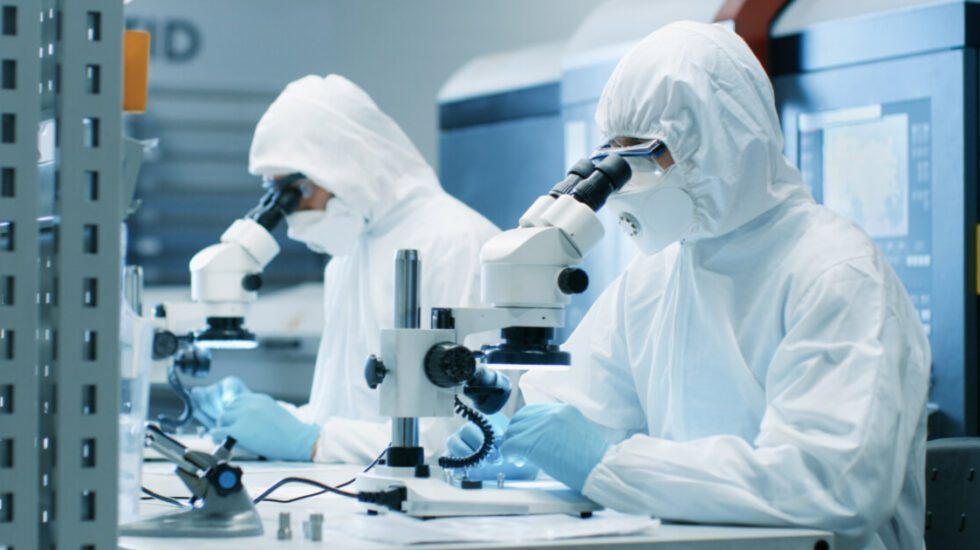


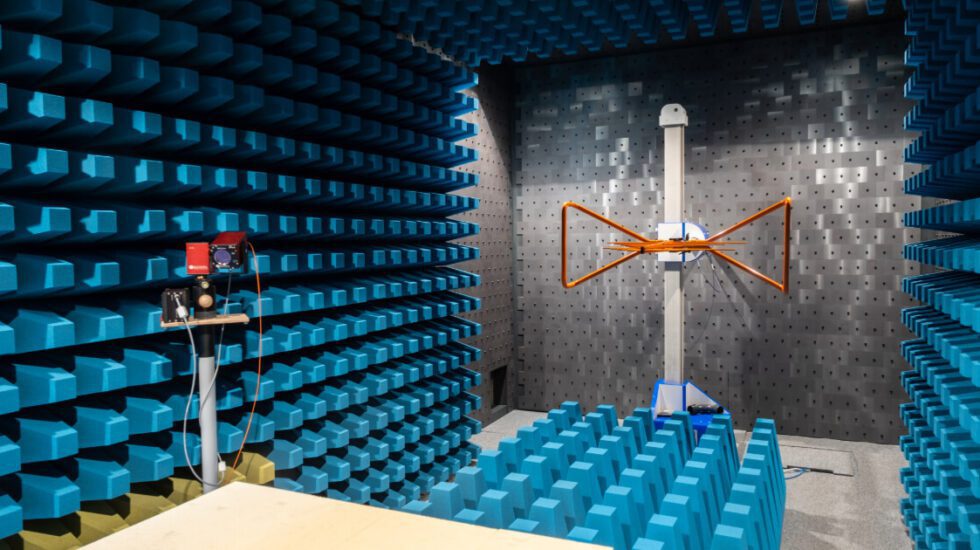

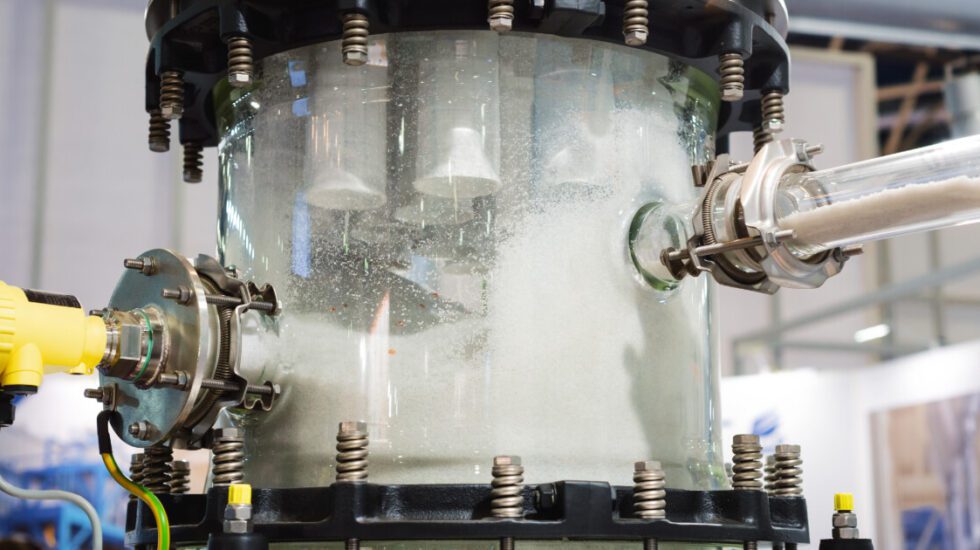
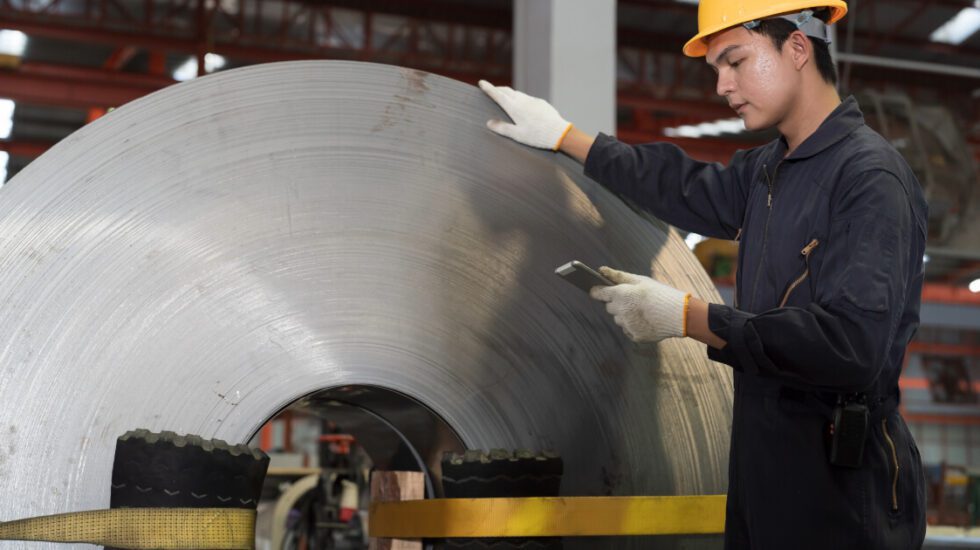
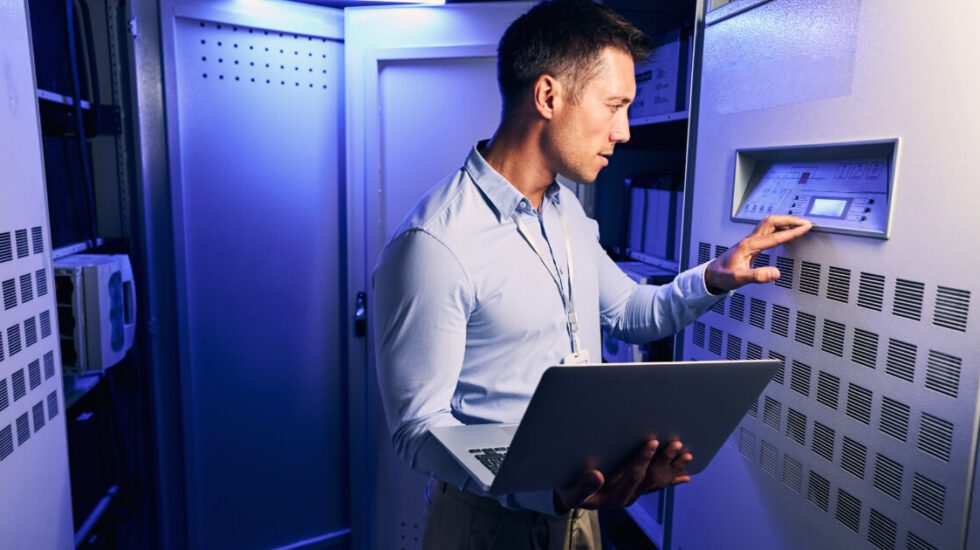

No Comments